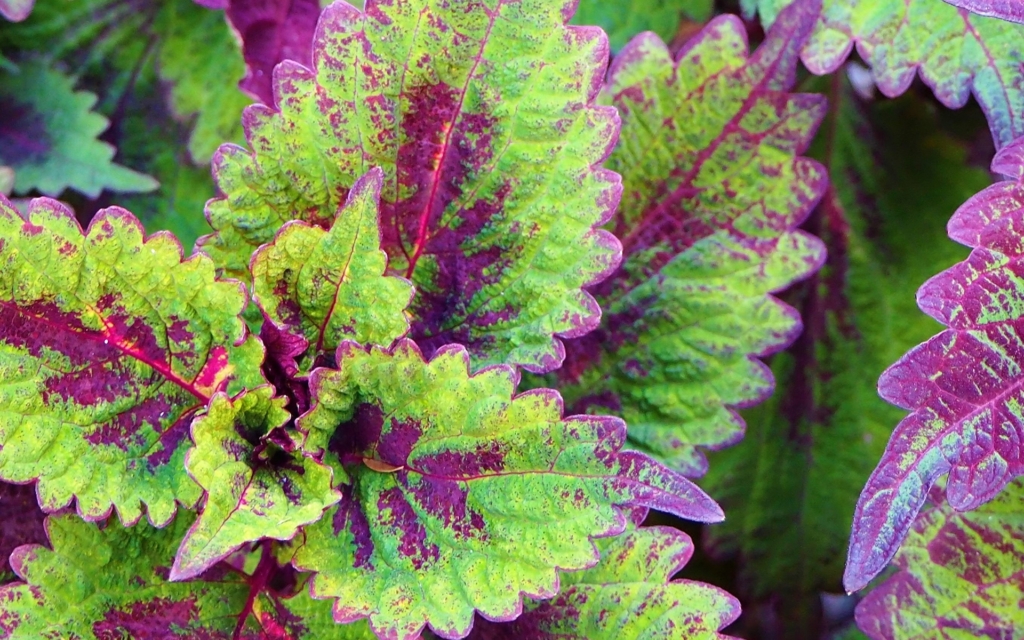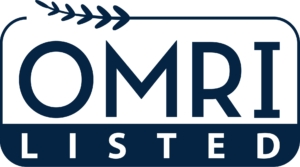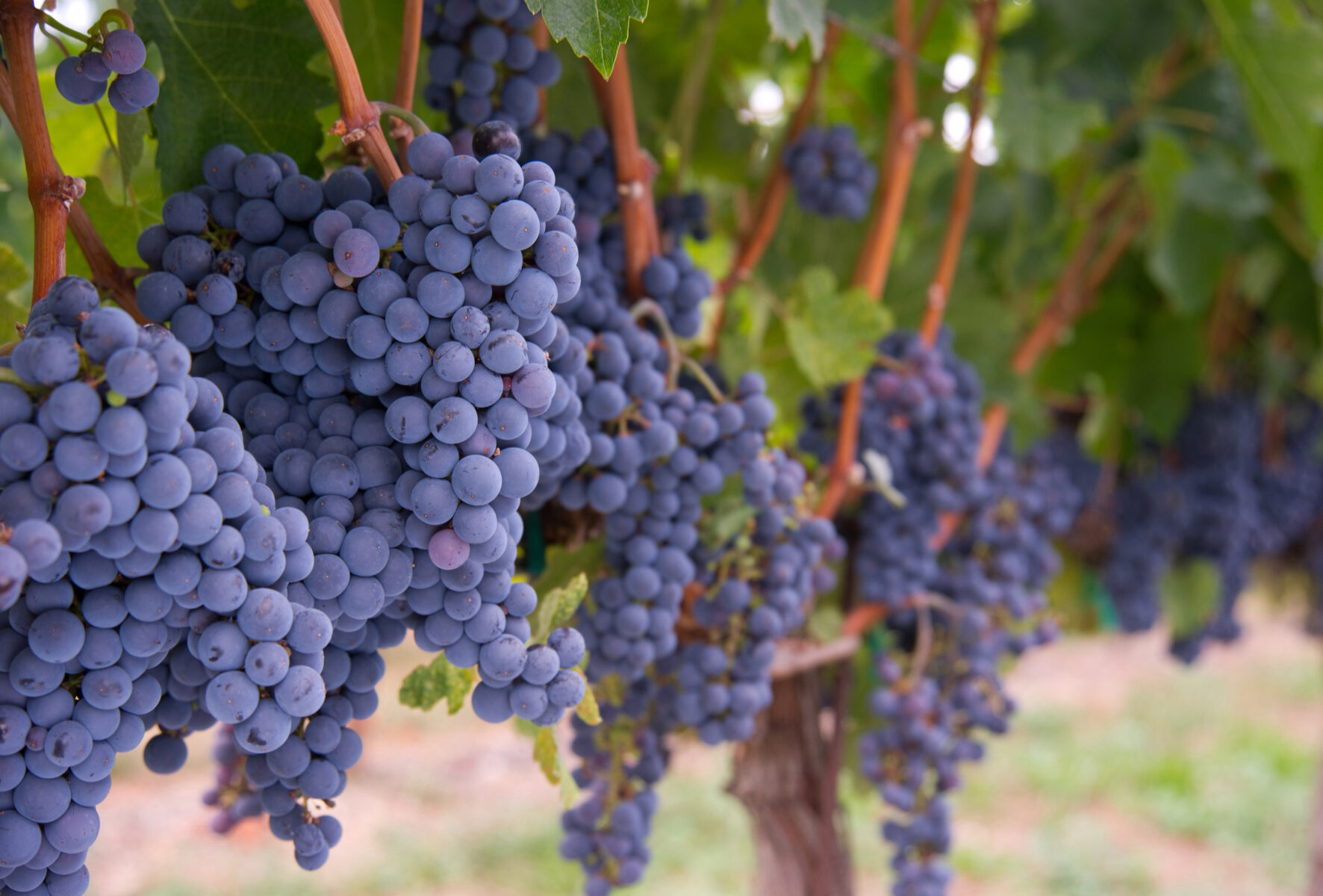
-
SOLUBLE GRANULE (SG) – WHITE CRYSTALLINE MICRO GRANULES
Readily soluble in water for easy mixing - Dormant and in-season use allows for flexible management options throughout the year
-
PHI AND REI: UNTIL SPRAY HAS DRIED
Save time, return to fields immediately after sprays have dried - Contact activity with residual control
What is PerCarb’s mode of action?
Foliar Spray Program
Use foliar spray applications throughout the growing season on labeled crops. Prepare solution by mixing 0.25–0.75 lbs. (4–12 oz.) of PerCarb/25 gallons of water (1–3 lbs./100 gallons of water). Use up to 400 gallons of spray solution/acre.
For the most effective results, use enough volume of spray solution to obtain complete and uniform coverage of foliage and stems. Repeat sprays at 7–10 day intervals during peak disease pressure.
Dormant Spray Program
Use dormant spray for early and late season applications on tree nuts, tree fruits, small fruits, berries and vine crops prior to bud opening. Prepare a solution by mixing 0.75–1.0 lbs. of PerCarb/25 gallons of water (3–4 lbs./100 gallons of water).
Use up to 400 gallons of spray solution/acre. For the most effective results, use enough volume of spray solution to obtain complete and uniform coverage of foliage and stems.
- Downy Mildew
- Powdery Mildew
- Botrytis Blight
- Gray Mold
- Mold
- Verticillium
- Fire Blight
- Blotch
Labels & Certifications
- PerCarb® Label
- PerCarb® California Label
- PerCarb® SDS
- OMRI - Crop Pest, Weed, and Disease Control (CP)
- FIFRA 2(ee) - California Only


Not all uses and applications are approved in all states/provinces. Always consult a product’s label before use.
